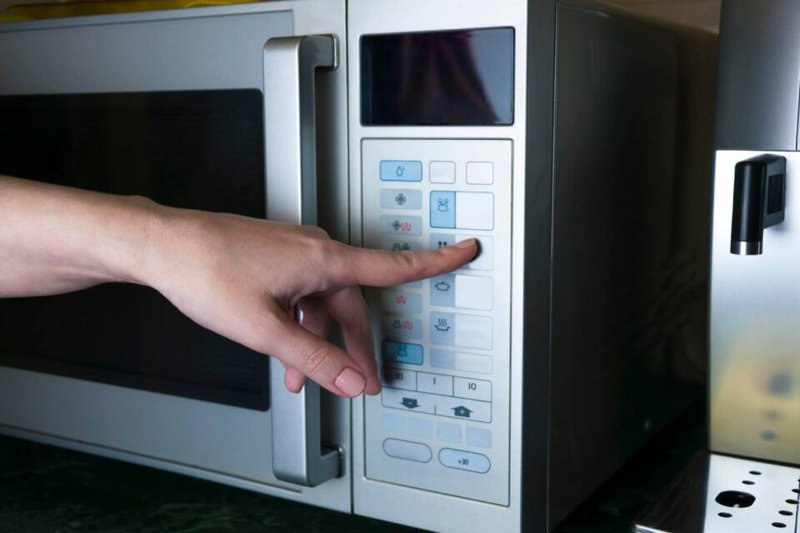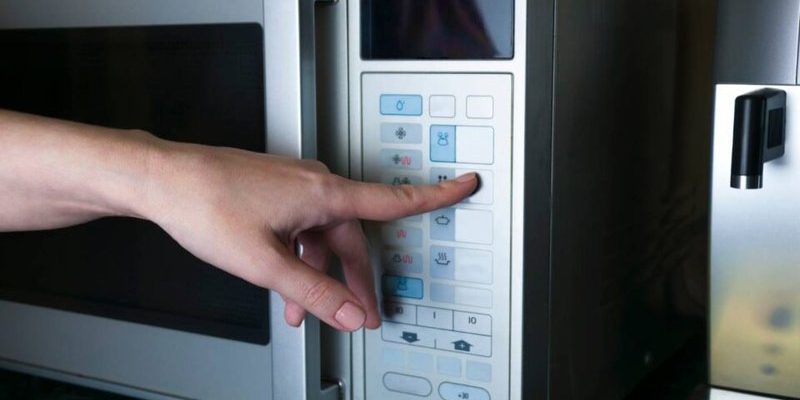
You might be tempted to ignore this error, hoping it resolves on its own. But, here’s the deal: continuing to use your microwave with this error could lead to uneven cooking or, worse, damage to your appliance over time. While the problem might seem minor, it’s essential to recognize when it’s time to call in a professional to avoid further issues. Let’s dive deeper into when you should reach out for expert help.
Understanding the E3 Error Code
The E3 error code on your GE microwave is a signal from the appliance’s brain—a warning that something isn’t operating as it should. Think of it as your microwave’s way of saying, “Hey, something isn’t right here!” Specifically, it often relates to an issue with the microwave’s temperature sensor or thermistor. This tiny component has a big job: ensuring that the heat levels are appropriate for cooking your food evenly and safely.
When the temperature sensor fails, it’s not much different from a faulty thermometer giving you the wrong body temperature reading. Just as an inaccurate thermometer could lead you to make the wrong decisions about your health, a faulty temperature sensor can lead you to believe your food is cooked when it might not be. This can be especially frustrating when you’re trying to prepare meals in a pinch.
You might be wondering, what causes this error? Often, it’s a result of the sensor becoming dislodged, damaged, or coated with grease and grime over time, causing it to malfunction. Unfortunately, fixing or replacing a temperature sensor isn’t something most people can do at home, which is why understanding when to call a technician is crucial.
When DIY Fixes Aren’t Enough
In a world where DIY solutions are just a search away, you might be tempted to troubleshoot the E3 error yourself. After all, there are a plethora of online guides and videos promising quick fixes. However, it’s important to recognize the limits of DIY repairs, especially when it comes to electronic components like those in microwaves. Mishandling these can cause more harm than good.
Let’s say you try to clean the sensor, thinking it’s just dirty. While cleaning might momentarily clear the error, it doesn’t address underlying sensor damage. It’s like putting a band-aid over a cut that needs stitches—the temporary fix doesn’t hold up in the long run. Attempting to replace the sensor on your own? It’s akin to trying to replace the brakes on a car without any mechanical knowledge—such tasks require expertise to ensure they’re done correctly and safely.
Moreover, without the right tools and diagnostic equipment, you might not be addressing the correct issue. A technician, equipped with the right tools and know-how, can accurately diagnose the problem and ensure a safe and effective solution. If you’ve tried basic troubleshooting, like unplugging your microwave for a minute or two to reset it, and the error persists, it’s a good sign that professional help is needed.
How Technicians Solve the Problem
When you call a technician, they bring not just their toolbox, but their wealth of experience dealing with similar issues. First, they will diagnose the problem, ensuring that it’s indeed the temperature sensor causing the issue. Using specialized tools, they can confirm whether the sensor is damaged or misaligned, or if there might be another underlying electrical problem.
Once the diagnosis is complete, the technician will either repair or replace the faulty component. If you’re worried about costs, consider this: investing in a professional repair is often more cost-effective than replacing the appliance or dealing with potential damage caused by continued use. The technician ensures that your microwave operates safely and efficiently, extending its life and reliability.
After everything is fixed, technicians typically offer tips on maintaining your microwave to prevent future errors. Regular cleaning and proper use can keep your appliance running smoothly, and they might give you the inside scoop on what to watch out for in the future. This way, you’re not just fixing the immediate problem but also preventing future issues.
Knowing When To Call a Technician
So, when should you pick up the phone and call a technician? If your GE microwave continues to show the E3 error after basic troubleshooting, like resetting the device, it’s time to reach out for professional assistance. Ignoring the problem or continuing to use the microwave despite the warning can cause further damage, ultimately costing more in repairs or replacement.
Consider this: an expert’s assessment can save you from potential hazards associated with microwave malfunctions. If the appliance is sparking, making unusual noises, or not heating food properly, these are all signs that it’s time for expert intervention. Just as you’d see a doctor for a persistent health issue, your microwave deserves the same level of professional care.
In conclusion, when you notice an E3 error code on your GE microwave, understand it as your appliance’s call for help. Basic troubleshooting can sometimes resolve minor issues, but for persistent errors, calling a technician ensures that your microwave is back to working safely and efficiently. By taking prompt action, you protect both your appliance and your peace of mind.
